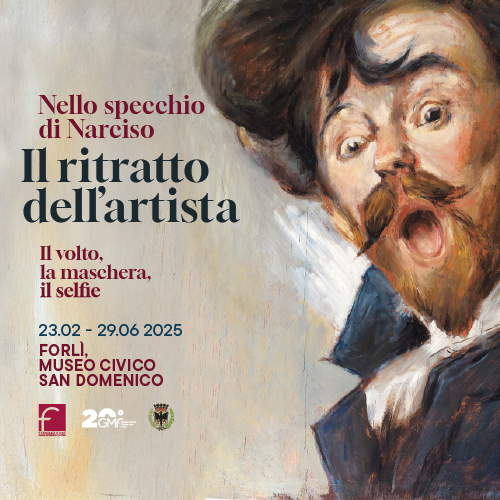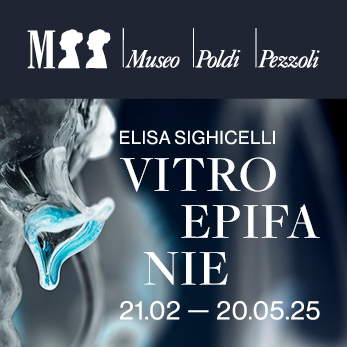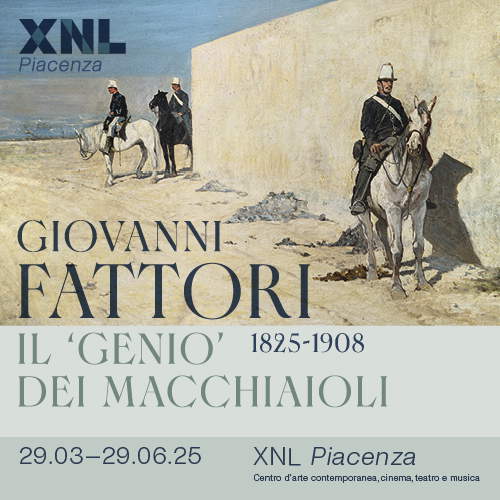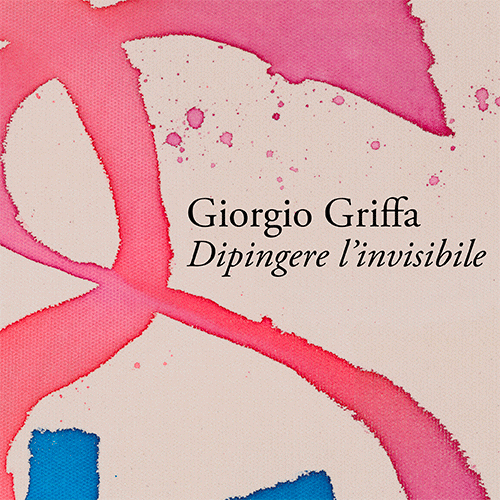Woodcut plates on display at the Central Institute for Graphics in Rome
TheCentral Institute for Graphics in Rome opens the doors of its woodcut collection with the exhibition Xylographs on Display. The Central Institute for Graphic Design’s Collection of Woodcut Matrices, held at the Palazzo della Calcografia from April 1 to May 11, 2025. The exhibition offers the public an opportunity to explore a selection of fifty woodcut plates, part of a nucleus of two hundred engraved woods belonging to the Institute, along with thirty prints. It is a journey through centuries of history, in which woodcut established itself as a fundamental engraving technique in art and visual culture. Although the woodcut collection is less conspicuous than the Calcografia’s prestigious collection of copperplates, it is of special importance in the Italian graphic arts scene. The delicacy of wood, a more fragile material than metal, requires specific conservation conditions: for this reason the matrices are kept in a dedicated room, the Xylotheque, separate from the Calcoteca and with strict temperature and humidity control.
The most important nucleus of the collection is the Adolfo de Carolis collection, acquired in 1995 thanks to a donation from the artist’s son. A painter, engraver, illustrator and decorator, de Carolis was one of the leading figures of Italian Symbolism. His style, characterized by an unmistakable graphic mark, led him to collaborate with some of the leading literati of his time, illustrating works by Gabriele D’Annunzio and Giovanni Pascoli with refined drawings and woodcuts. Alongside the works of de Carolis, the exhibition also presents the matrices made by the artist’s son-in-law, Diego Pettinelli (1897-1989), who continued the woodcut tradition with a personal and original visual language.
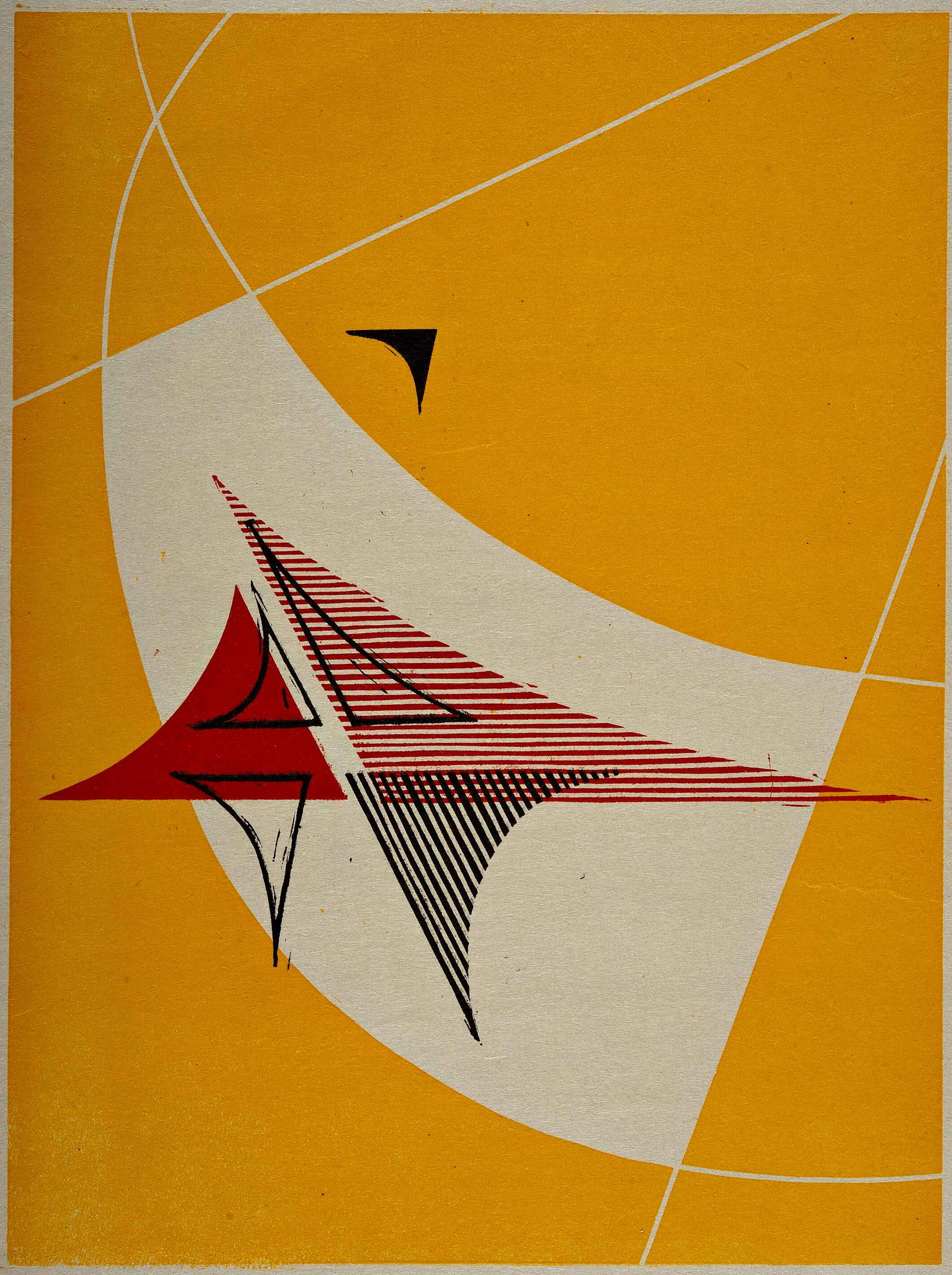
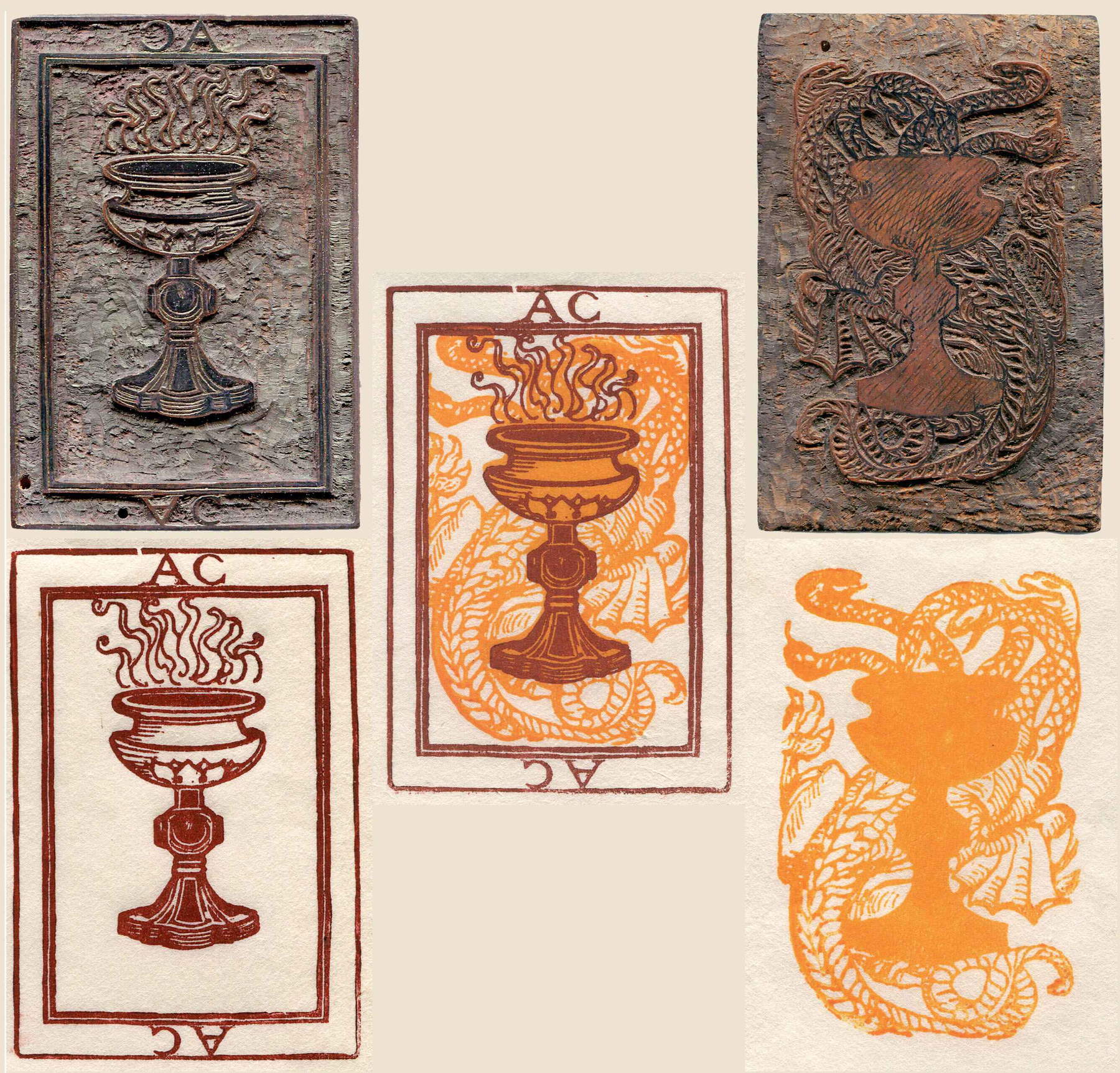
Mino Maccari and Luigi Veronesi: between satire and abstraction
Alongside de Carolis’s symbolism, the exhibition offers a look at 20th-century woodcuts with three linocuts by Mino Maccari, master of graphic satire and caricature. Abstraction, on the other hand, enters the exhibition with two matrices by Luigi Veronesi, an exponent of concrete art and experimental graphics. Among the works on display, one matrix is engraved on both sides, testifying to the artist’s creative process. Veronesi donated these works to the Institute in 1976, after an exhibition organized by director Carlo Bertelli. The wide versatility of woodcut emerges in the matrices intended for the production of sacred and popular images. The exhibition presents specimens depicting madonnas, saints and papal coats of arms, expressions of an engraving tradition spread over the centuries. Alongside religious production, folk art is manifested in the woodcut matrices used for the production of playing cards and ex libris, as well as in the wooden blocks used for the decoration of wallpapers and textiles. In many cases, the difficulty of chronological attribution testifies to the continuous use of these decorative motifs, untethered from the artistic trends of a specific era.
A special chapter of the exhibition is devoted to a collection of some 20 matrices purchased in 1993 from Officine Grafiche Danesi, a historic Roman publishing house active in the late 19th and early 20th centuries. The woods, used for printing gravure and illustrated books, depict portraits of men and women and tell of an innovative engraving method. Images were transferred to the wooden blocks through a photomechanical process involving the use of a photosensitive gelatin. Then, engravers would define the details with the burin, creating a graphic effect that combined photographic precision with the materiality of wood. Through the fifty matrices on display, Xylographs in the exhibition reveals the historical and cultural value of these artifacts, often relegated to a secondary role compared to intaglio.
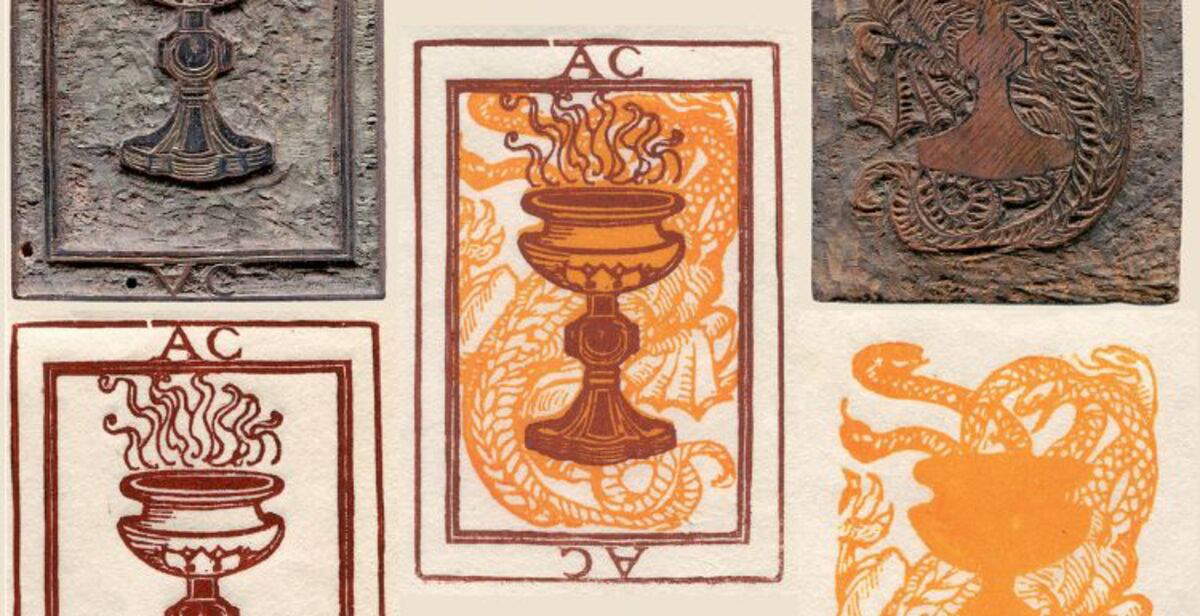 |
| Woodcut plates on display at the Central Institute for Graphics in Rome |
Warning: the translation into English of the original Italian article was created using automatic tools. We undertake to review all articles, but we do not guarantee the total absence of inaccuracies in the translation due to the program. You can find the original by clicking on the ITA button. If you find any mistake,please contact us.





